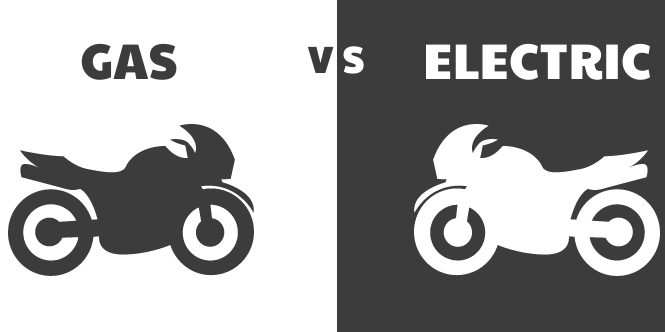
The Price of Going Green
With the prices of gasoline and diesel fuel spiking higher than ever recorded due to policies of the
current administration, we have seen a ton of banter about the agenda behind the policies. Many
believe that the administration is purposefully pushing the fuel prices higher to make electric and hybrid
types of vehicles more appealing. We all have seen the effects and reasons of marketing of these so
called zero emissions vehicles, but what is the cost of these vehicles, and what else makes them great or
not so great to consider? This and future articles in this series about electric vehicles are being done for
informational purposes only, and will hopefully spark some interest for readers to be able to do their
own research and make decisions upon facts and not on what the main stream media tells people to
think.
One of the initial costs of any vehicle is the actual purchase price of the vehicle. In the motorcycle
world, there have been some brands that have come and gone, and some that attempted to maintain,
while others have been washed away by lack of demand or excessively high initial costs. Harley-
Davidson even threw out their own branded electric motorcycle, which had a short run with its $30,000
price tag. That is one that fell by the wayside, but the model of the motorcycle has continued on. Now
it is simply branded as a Livewire, and runs in the $22,000 price range. Similarly priced, the Zero SR/F
Premium is only a few dollars less, but that is still steep for a two wheeled mode of transportation to
save on gas prices. Both of these rear peg mount electric sport bike types of motorcycles have
estimated effective ranges in the 140-160 miles of travel before charging is required. With not much
room for even taking along a jacket, the usage of these about 500 pounds, just over 100 HP machines is
grossly limited.
Alternatively, a comparable internal combustion engine motorcycle in reference to size, riding position,
distance capacity per gasoline fuel, and horsepower would be a Triumph Speed Twin. This just short of
500-pound ride has rear mount pegs for upright riding just as the two E vehicles previously mentioned.
The gas burner would get you to 150-170 miles down the road before a refill is needed, and it has just
short of 100 HP stock. Not a lot of room for things to go along with for the ride either. This and the E
bikes are pretty comparable, but with different power plants. Now the biggest difference to note
between the two types of motorcycle is the price points. This Triumph motorcycle’s MSRP is just over
the $12,000 mark.
I don’t know about you, but without anything else involved in the decision, how does one justify
throwing another ten grand at the purchase of a commuter vehicle? I totally understand the price of gas
right now, and the increasing prevalence of charging stations, but I also like to hit the road, get fuel
where readily available, and keep on moving down the road. Minutes to fuel the bike, not hour to hours
and then ready to ride again.
The initial costs of electric vehicles as a single consideration do not seem to pencil out to me. A vehicle
that lacks the travel distance per “fill up”, is significantly higher priced, and not as readily available in the
marketplace does not make a lot of sense to me. I would recommend that each one of you do your
research and see if this type of technology is something that you can sign up for personally, and vote for
in November, or if you want to make your voice heard alternatively at the cash register and at the polls.
Article written on behalf of Thunder Roads Magazine of Iowa, Iowa Confederation of Clubs, and
Motorcycle Riders Foundation State of Iowa Representatives.
Vernon Schwarte
Editor/Owner Thunder Roads Magazine of Iowa
Owner Thunder Guns and Thunder Guns West
Iowa Motorcycle Dealers Association (IMDA) Board Member
Motorcycle Riders Foundation (MRF) Assistant State Representative



